Chinese researchers have discovered two genes that can cooperatively control the skin texture of peaches and revealed the secrets of the smooth rather than a fuzzy appearance of nectarines.
Nectarines, botanically classified as a subspecies of the peach, are smooth and shiny, while the surface of peach (Prunus persica) is fuzzy due to the presence of pubescence, also called trichomes.
Researchers from the Wuhan Botanical Garden under the Chinese Academy of Sciences have discovered two functionally redundant genes PpMYB25 and PpMYB26 involved in the regulation of fruit skin texture in peaches and published their study in the journal New Phytologist.
The study reveals that PpMYB25 can activate transcription of PpMYB26 and they both induce trichome development and cuticular wax accumulation, resulting in peaches with a fuzzy and dull appearance.
Whereas non-functional mutation of PpMYB25 caused by an insertional retrotransposon in the last exon in nectarine fails to activate transcription of PpMYB26, resulting in nectarines with a smooth and shiny appearance due to loss of trichome initiation and decreased cuticular wax accumulation, according to the study.
The results highlighted that the cuticular wax accumulation can effectively prevent fruit moisture from evaporating, providing a new idea for improving the storage stability of peaches.












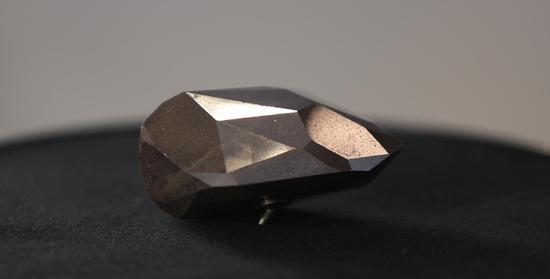
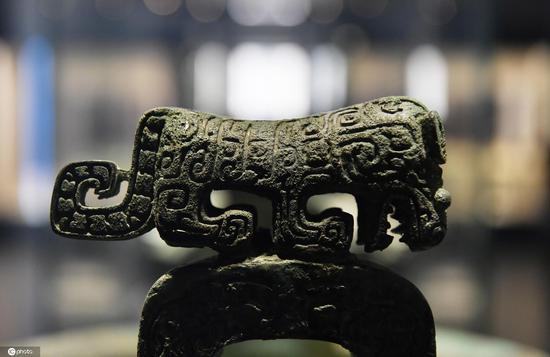





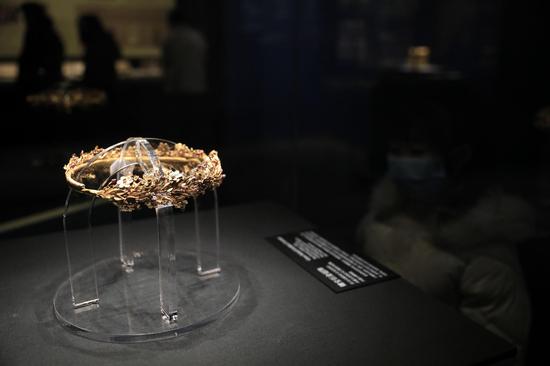






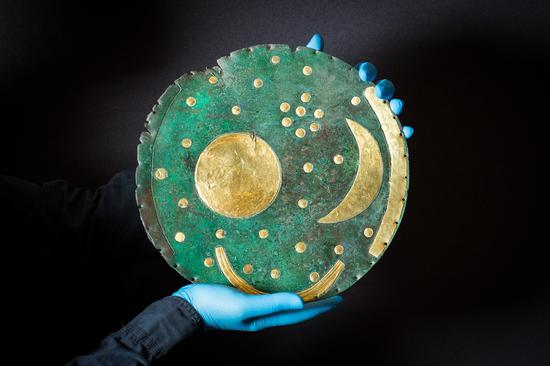



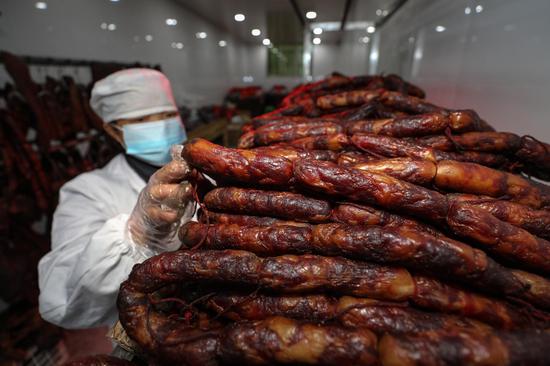









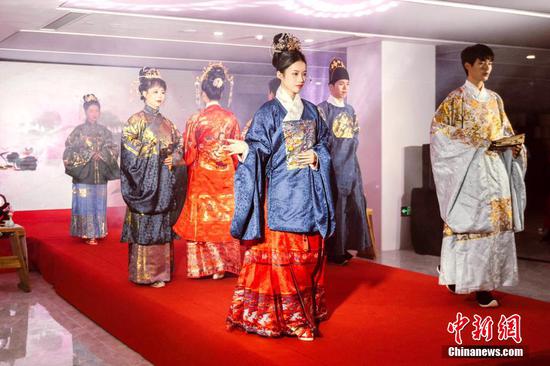

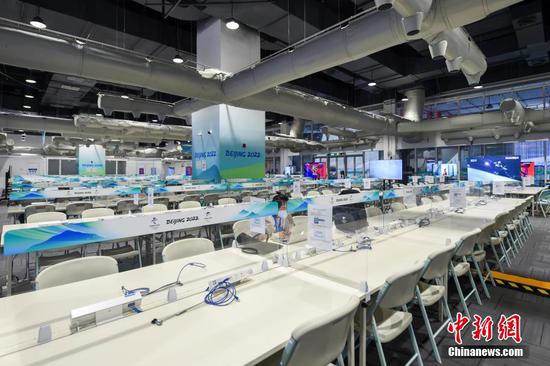







 京公网安备 11010202009201号
京公网安备 11010202009201号